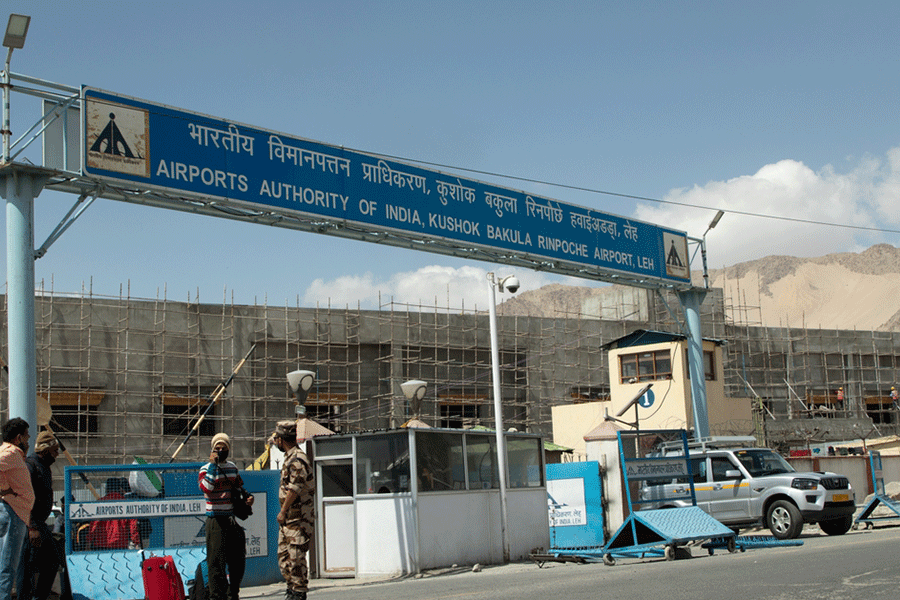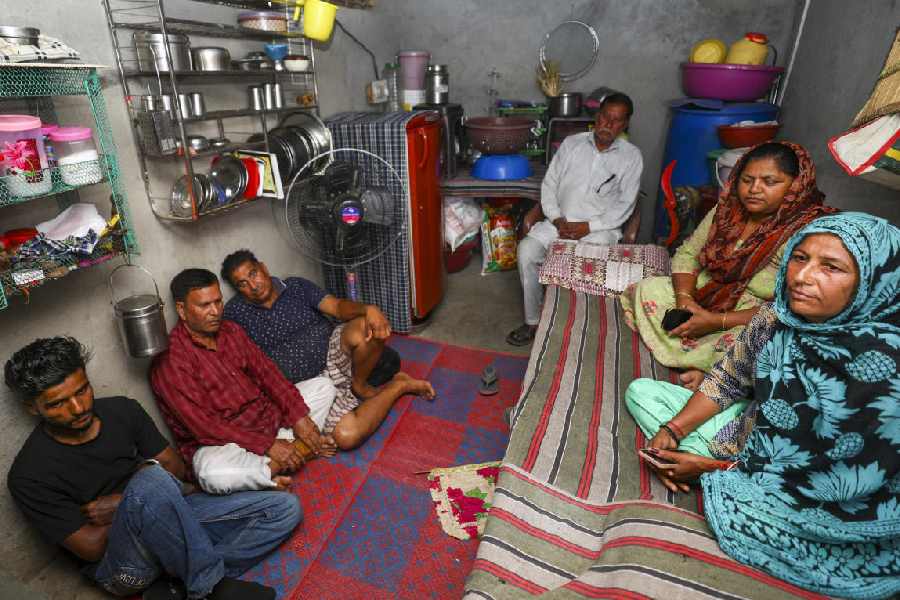 |
| AGE NO BAR: Under the present law, children are banned from working only in hazardous industries |
Iam not doing anything illegal,” Mrs Das, a homemaker, snaps. Sitting in her drawing room in Calcutta, she is discussing child labour, as her domestic help, a girl in her early teens, places cups of tea on the centre table, before disappearing into the kitchen to wash a pile of dishes. “In fact,” Mrs Das adds defensively, “by employing her I am actually helping her family, who are poor farmers from the Sunderbans.” Whatever her justification, that her conscience is not too clear is evident from her unwillingness to be referred to as anything else other than the relatively anonymous “Mrs Das.”
And yet, it is also true that there is no law that forbids her to hire a child to do her domestic work. Explains advocate and child-rights activist Ashok Agarwal, “The Child Labour Prohibition and Regulation Act, 1986, bans employment of children below the age of 14 only in hazardous industries. This, in a way, endorses child labour in other industries.” In fact, adds Agarwal, “Soon after the employment of children in hazardous industries was banned, they were channelled from prohibited industries to non-prohibited ones.”
Right now, there are about 17 million child labourers, according to the Government of India data submitted to the United Nations Convention on Rights of the Child (UNCRC), quoted by children’s aid organisation, Child Relief And You (CRY). “This is more than three times the population of Denmark,” points out Pradeep Narayanan, manager, policy and research, CRY, highlighting the sheer magnitude of the problem.
Says a recent National Sample Survey Organisation study, “It is estimated that the unorganised sector, both in rural and urban areas, employs more than 85 per cent of child labour and more than 90 per cent of child labourers are engaged in rural areas.”
Last week, a group of child rights activists and non governmental organisations (NGOs) filed a public interest litigation (PIL) in the Supreme Court, demanding that the 1986 Act be amended, so that a total ban on all forms of child labour can be imposed.
And the Supreme Court seems to have taken the PIL rather seriously. Says Agarwal, “All states and Union territories have been given four weeks to revert to the court on the issue, and a call on it would tentatively be taken in six weeks’ time.”
As a matter of fact, the apex court bench of Justices Balakrishnan and G.P. Mathur pointed out: “After the amendment, there is no scope for child labour.”
Not surprisingly, this has given rise to a fair amount of debate, not just in industries where children constitute a major part of the workforce but also in the legal field, where some are questioning the feasibility of a blanket ban on child labour. Hyder Ali, who runs a tailoring shop on Karaya Road in Calcutta, for instance, is cynical about the efficacy of a total ban on child labour. “If you want to be a good tailor, you have to start at an early age, just to learn the ropes,” he says, moving a pair of scissors deftly through a piece of silk cloth. “It’s just like you’d have to start learning your alphabets from an early age to be a scholar. You can’t wait till age 15 to do that, can you?”
Joymalya Bagchi, criminal lawyer, Calcutta High Court, argues: “The ban should be implemented in phases.” He adds, “Child labour is not rampant because of a lack of legislation. Article 21A of the Indian Constitution itself provides a child with the fundamental right to education, but the ground economic reality makes it difficult for it to be effective. If a legal ban is imposed, the state must ensure that there is economic backing. The law shouldn’t snatch away the child’s source of income. The child has a fundamental right to nutrition too.”
Ali believes that “a balance can be struck, where children would dedicate specific times of the day to attend school and, if required, spend a few hours working or training, whether for economic reasons or to gain skill for a future profession.” A master tailor himself, Ali studied till Class VIII.
But the petitioners are loath to accept any kind of a compromise. Says Bharti Ali, executive director, Haq Centre for Child Rights, one of the petitioners, “Even when people abide by the law and send children to school, there will probably be a transition phase when children would attend school in the morning and be made to work in the evening. That’s when proper policing needs to happen in order to ensure that labour is completely eliminated from children’s lives.”
And there are those even in industries where child labour is an undeniable reality ? such as roadside teashops and eateries ? who are all for the legal ban. As Bhola Sarkar, a teashop owner in Calcutta’s Golpark area, says, “It’s a crime to employ children as workers.”










